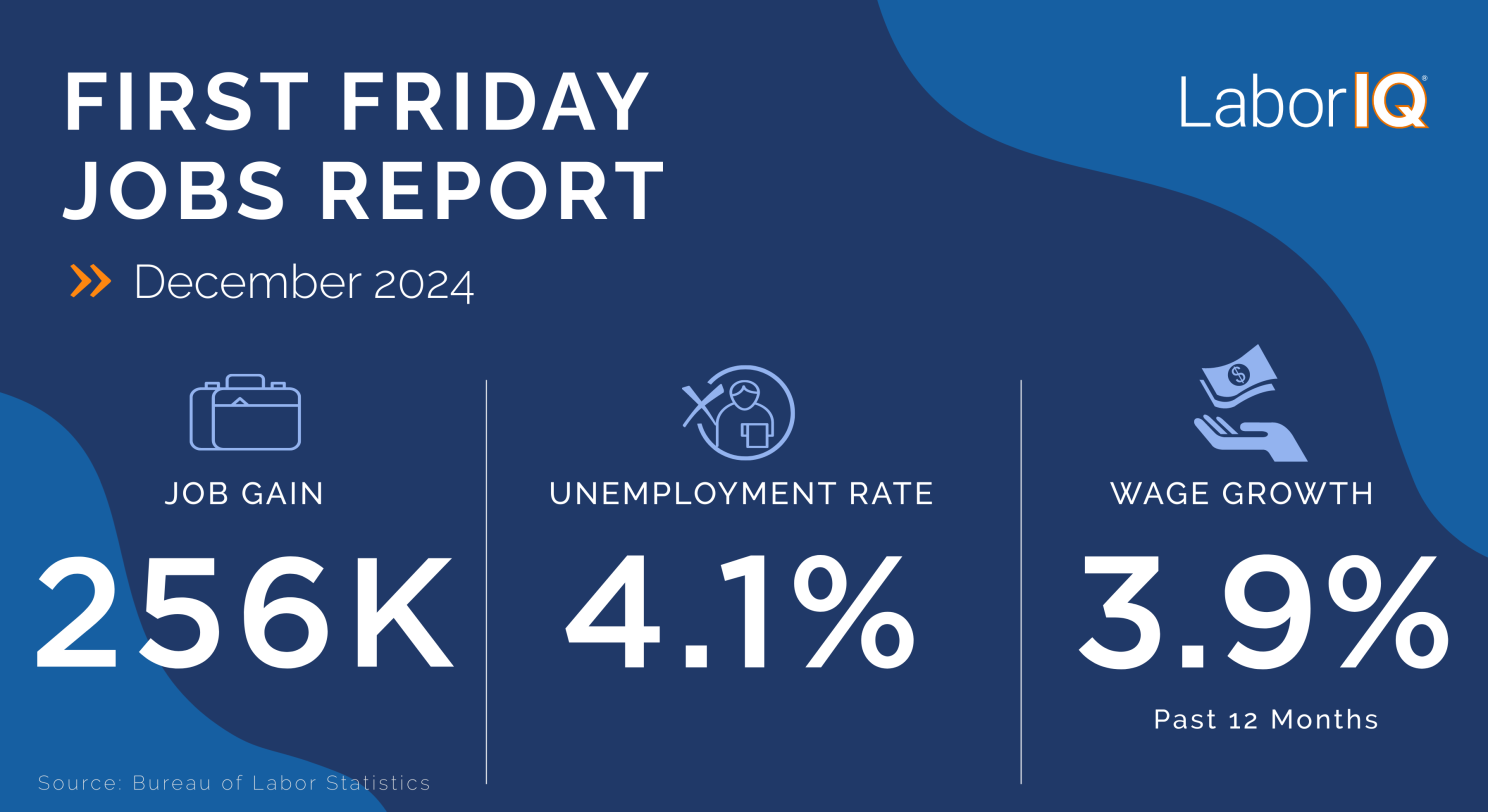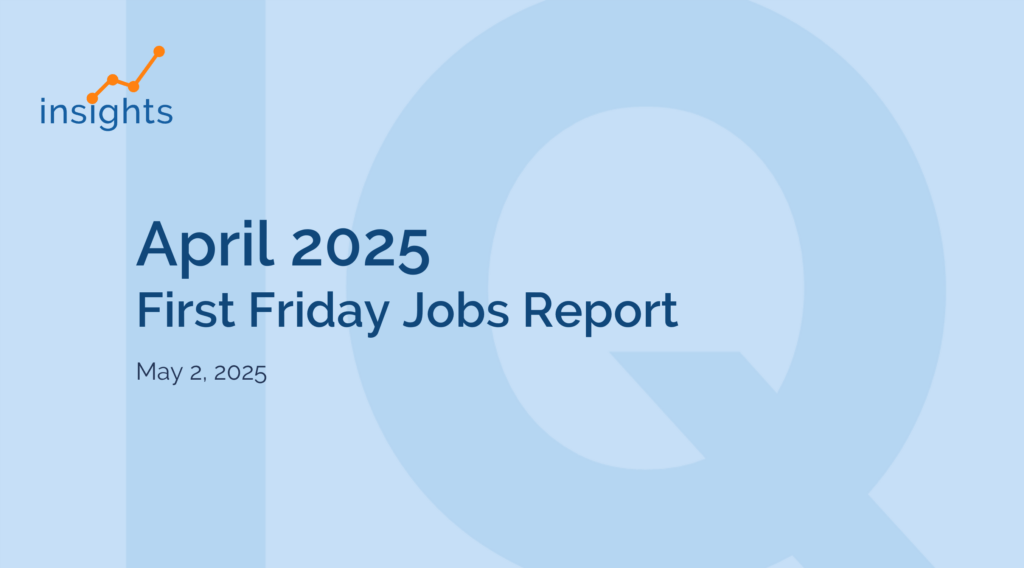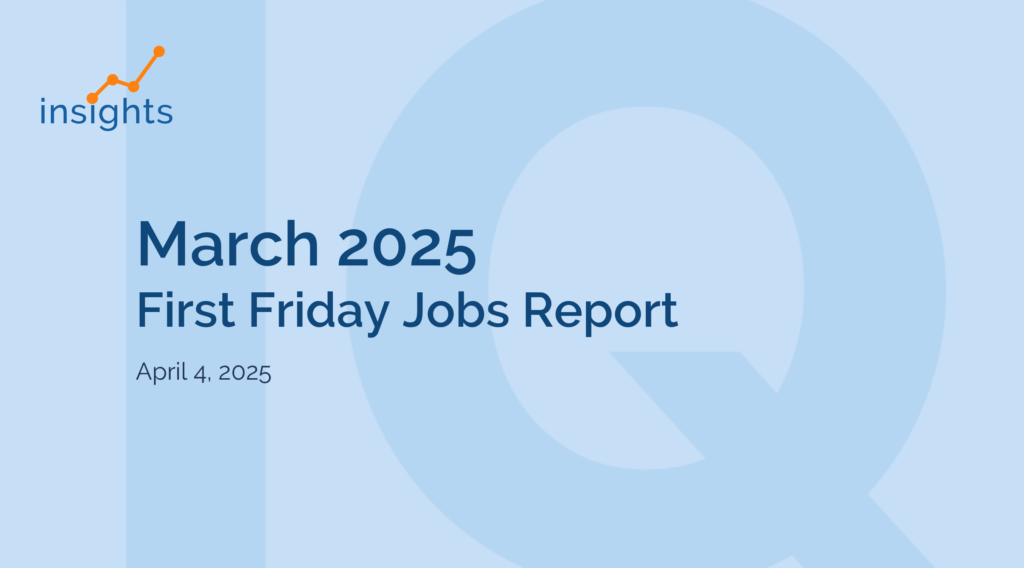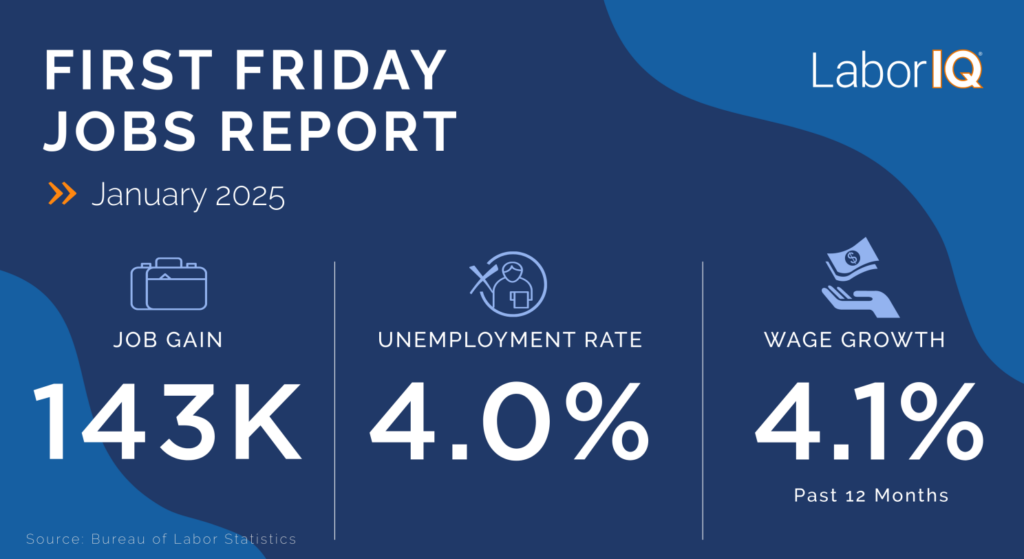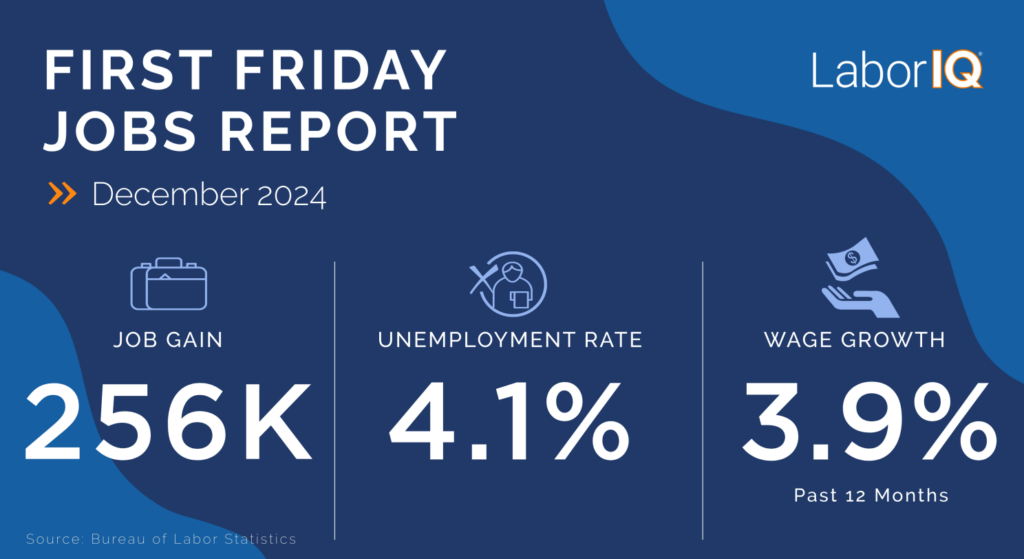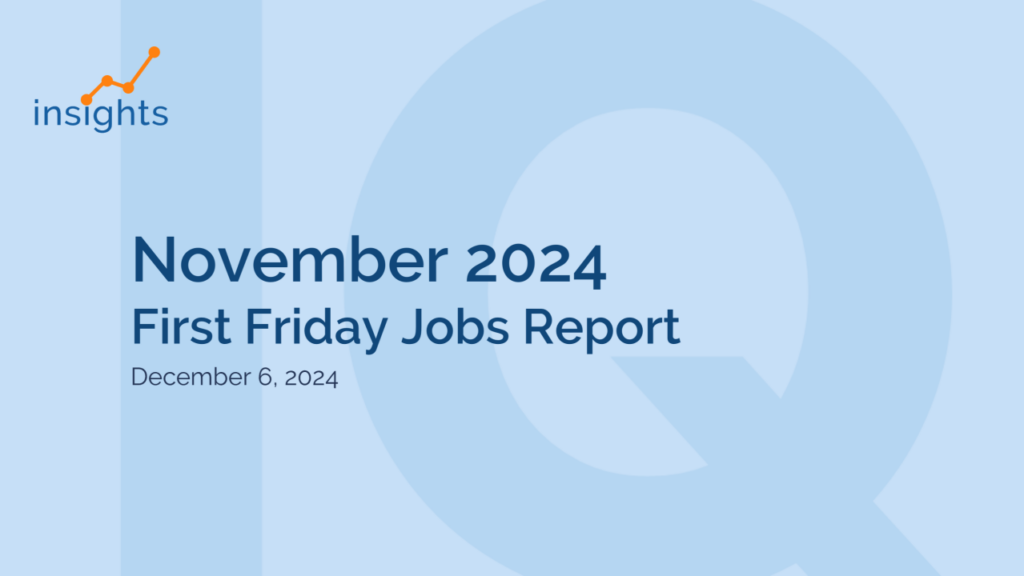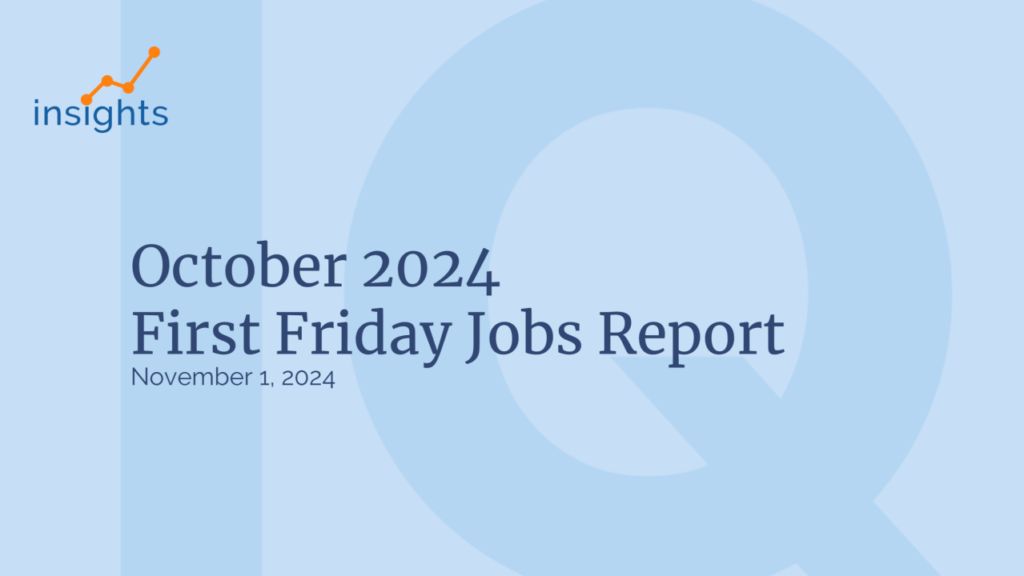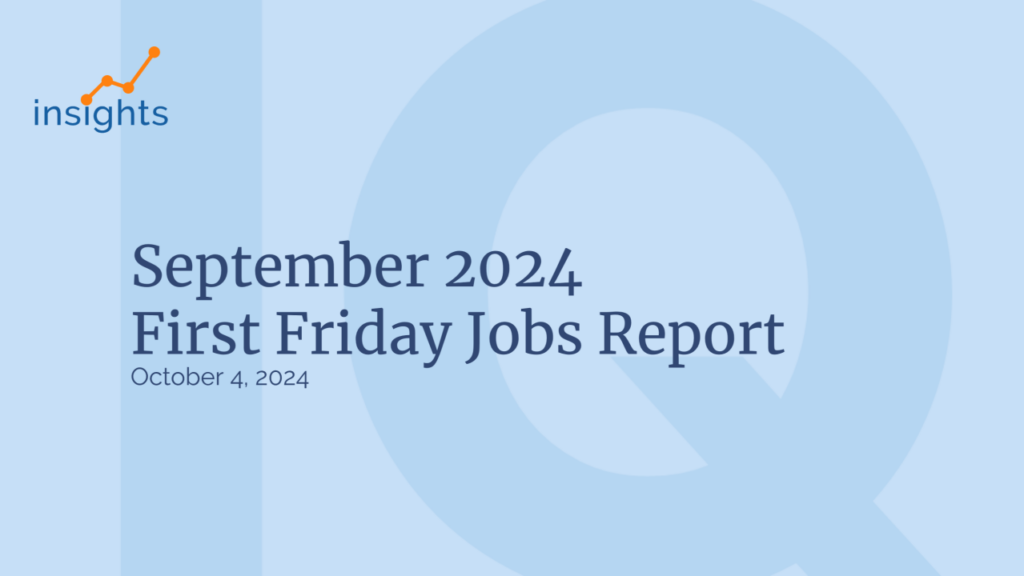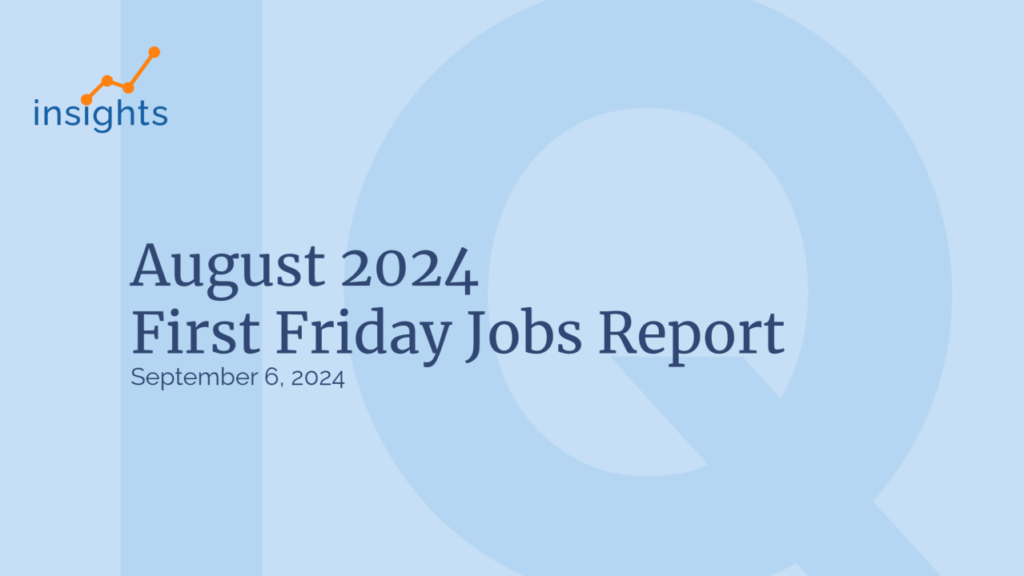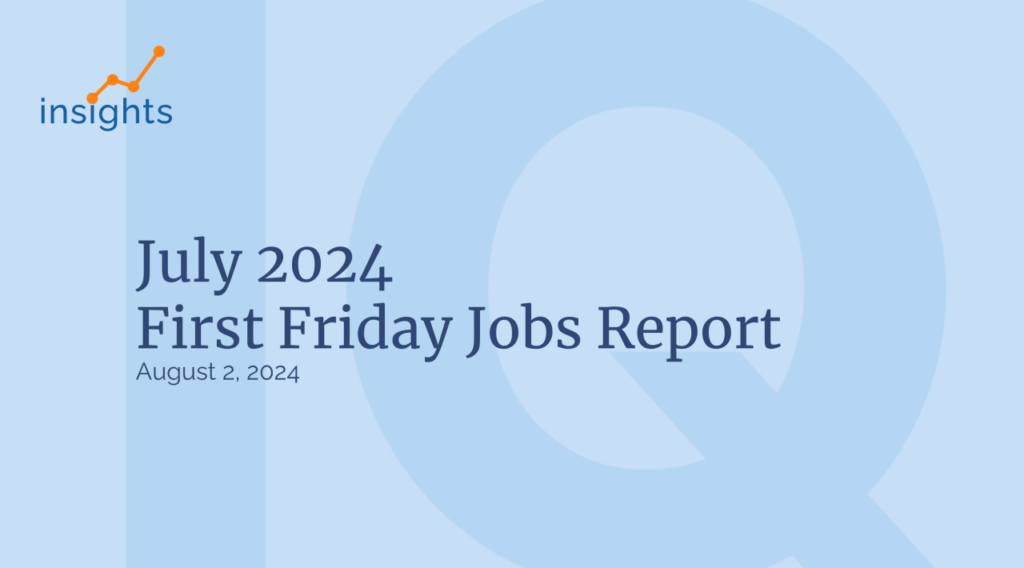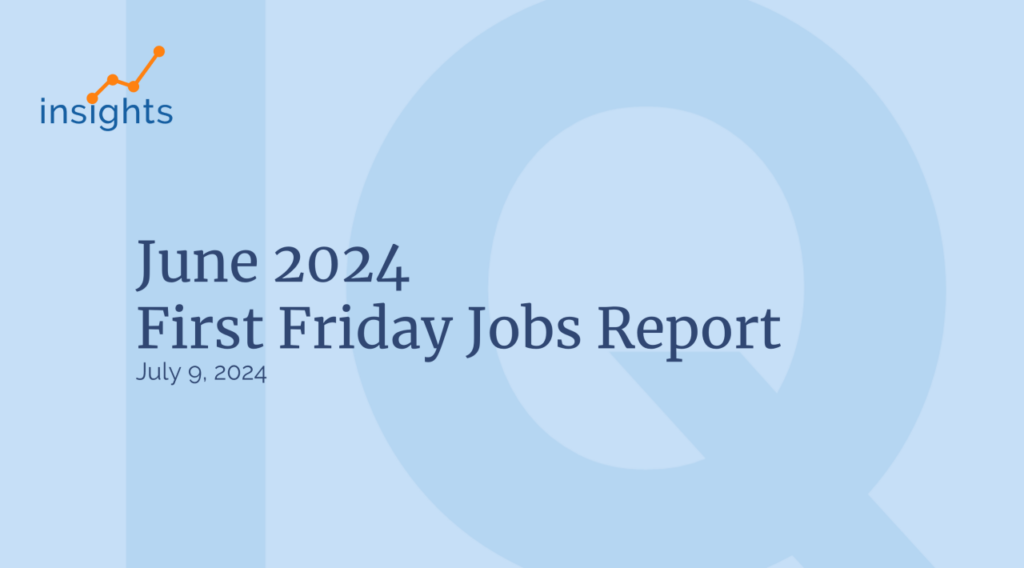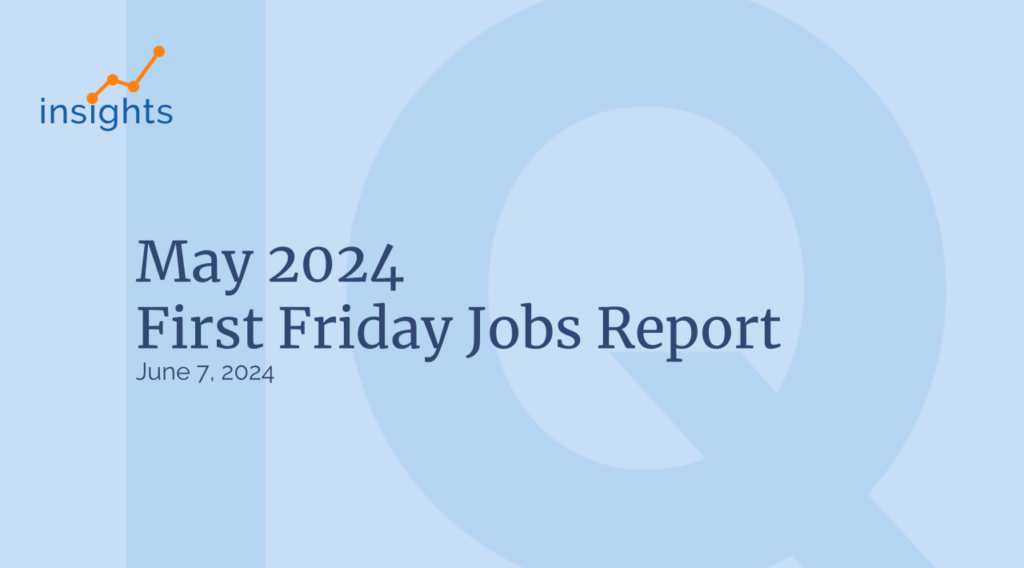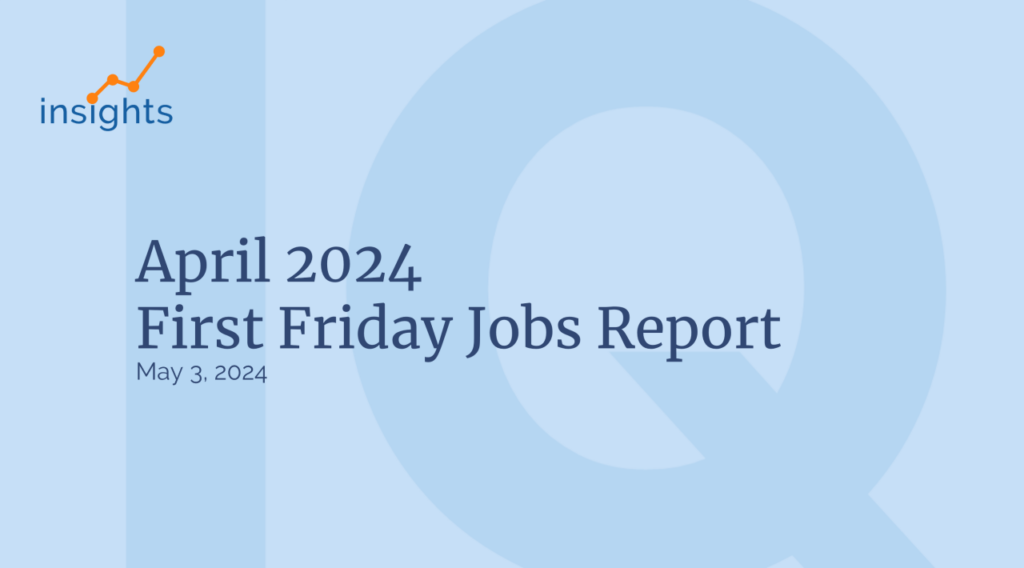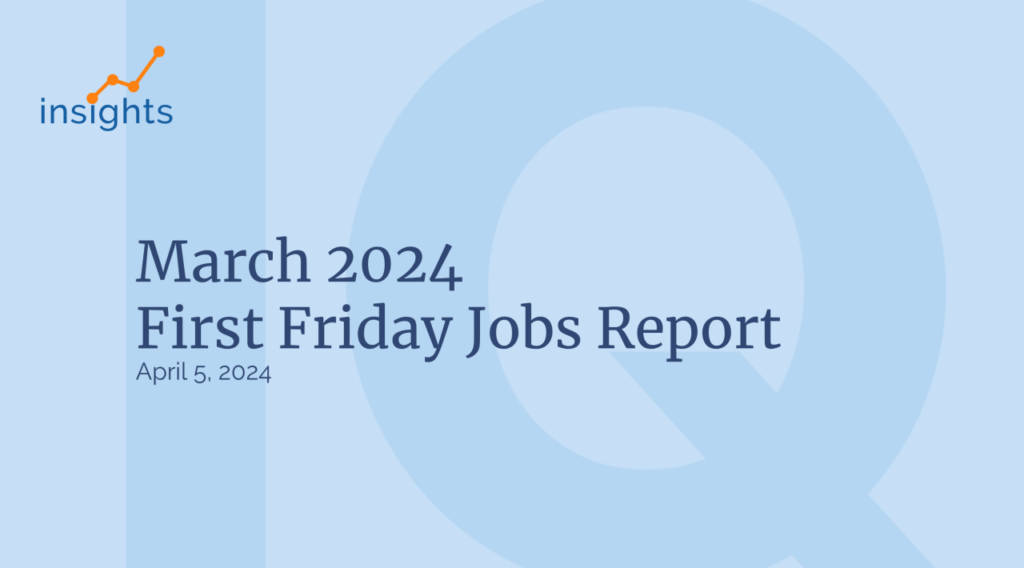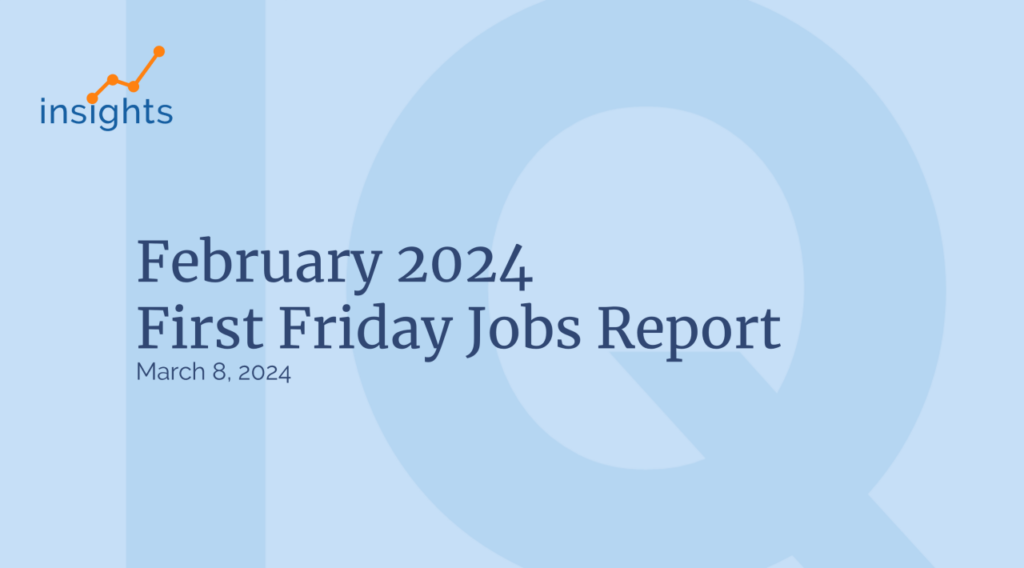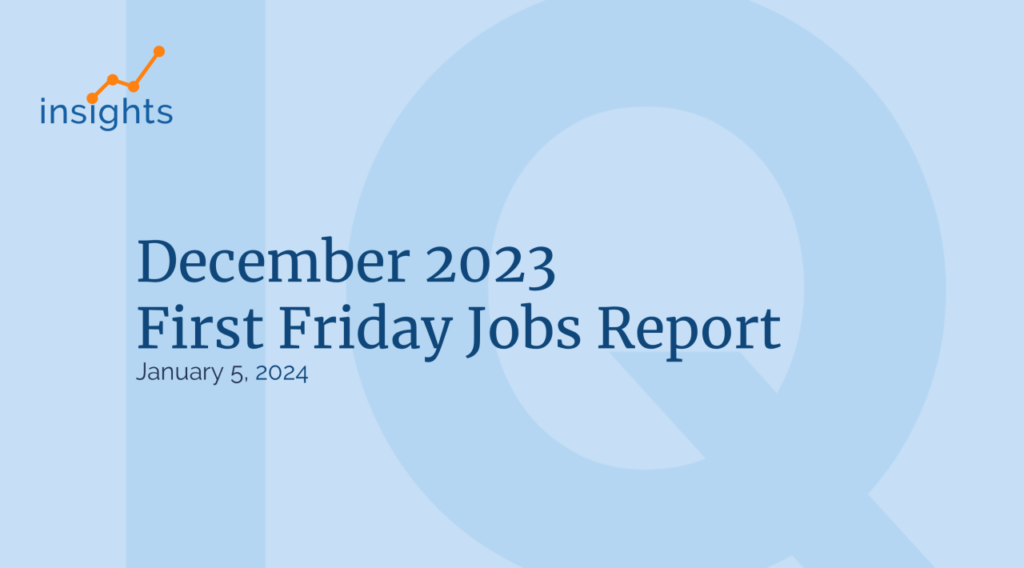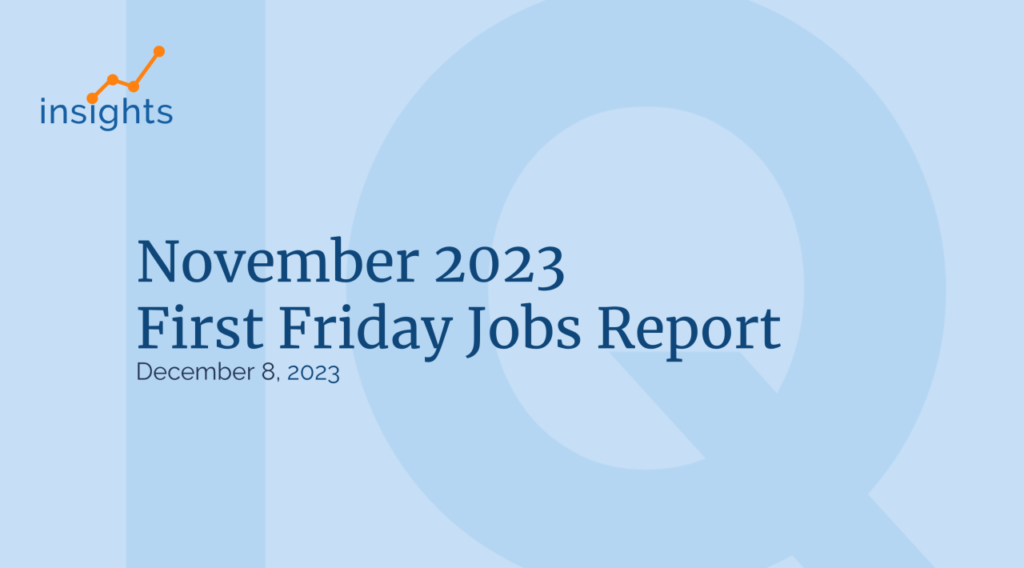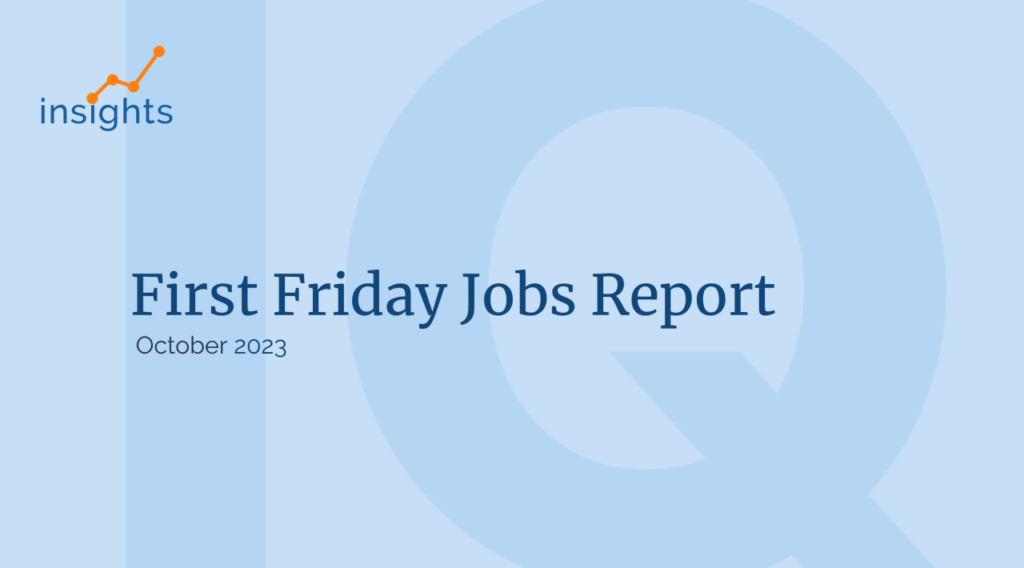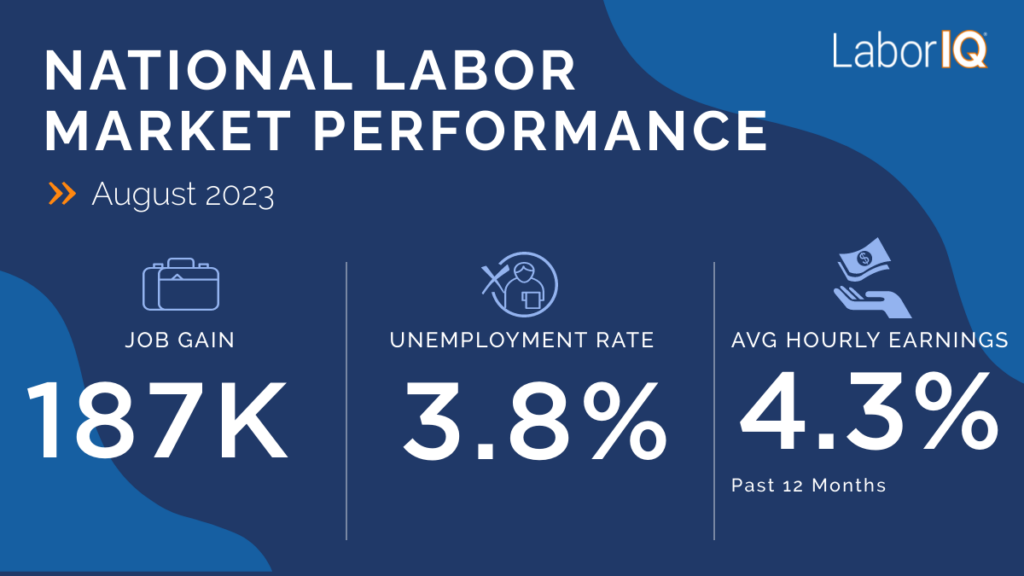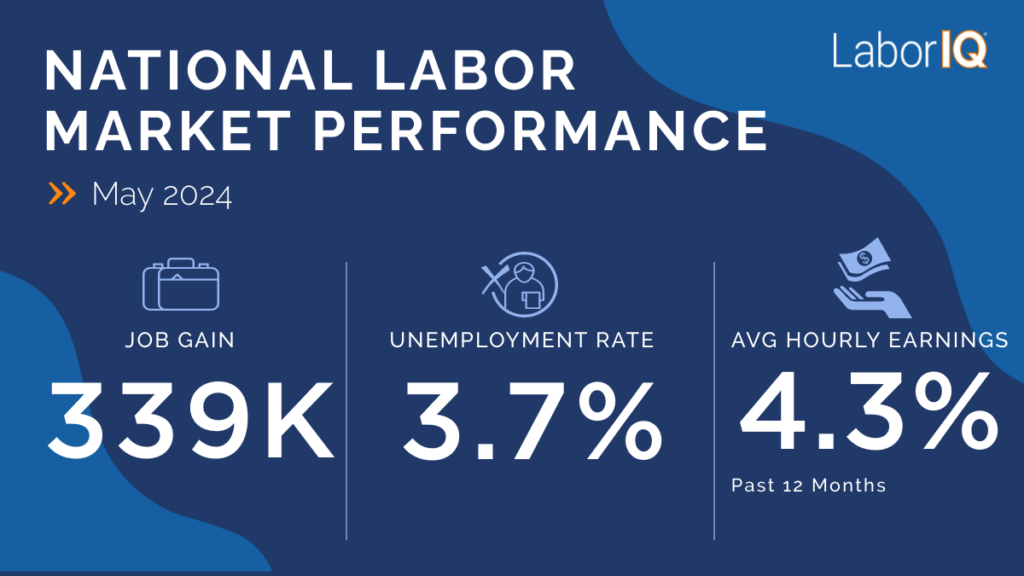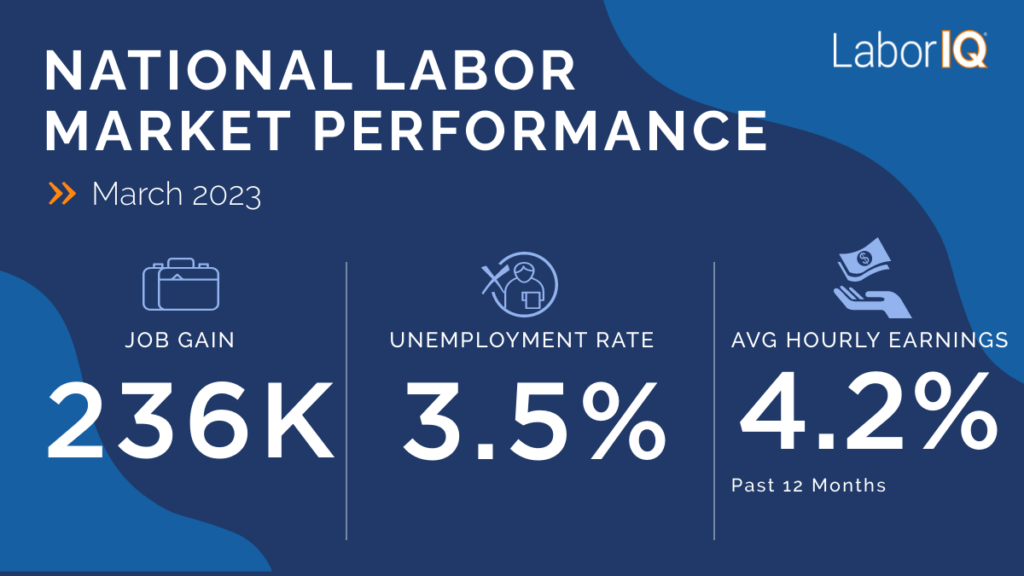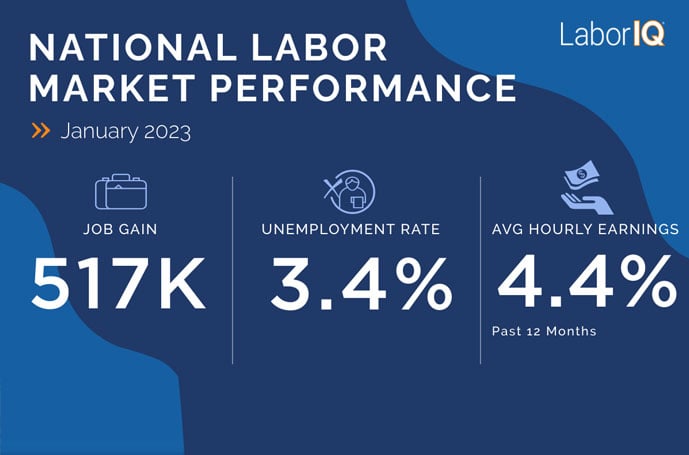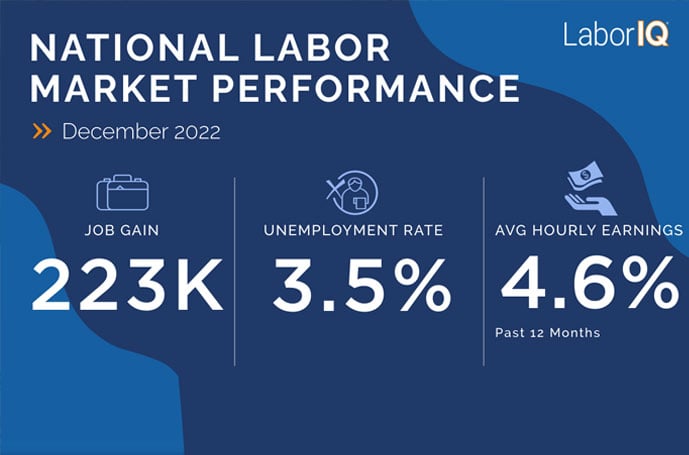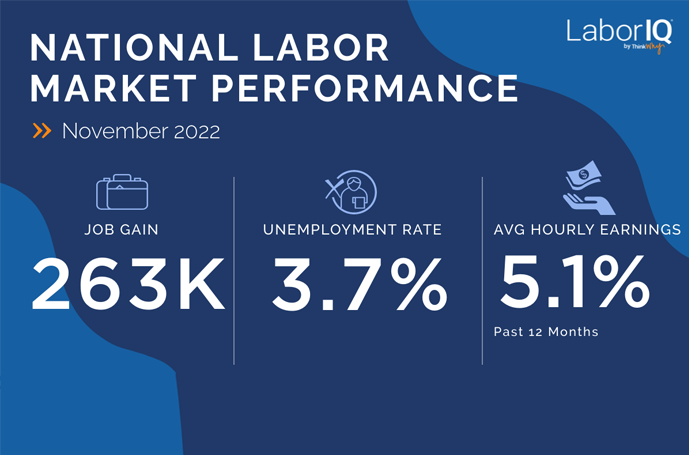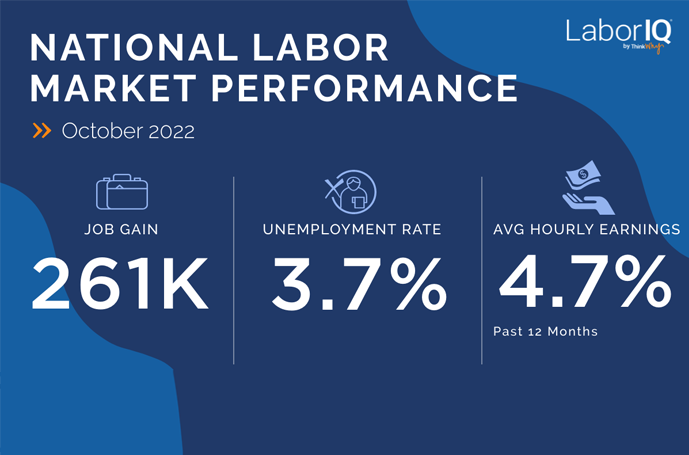The final jobs report for 2024 was a strong one, capping off a year filled with uncertainty around the U.S. labor market.
U.S. businesses added 256,000 new jobs, well above expectations of around 150,000. The unemployment rate ticked down to 4.1%, and 12-month wage growth remained robust at 3.9%.

2024: A Labor Market of Contradictions
The 2024 labor market was one of contradictions – substantial cooling yet defying expectations; hiring stalled yet layoffs remained low; a talent shortage yet job seekers struggled to find work.
Overall, three big themes emerged:
Labor Market Resilience
Industry Concentration in Hiring
Wage Growth Persistence
Labor Market Resilience
I dubbed 2023 “the year economists got it really wrong. ” While economists didn’t get it “wrong ” in 2024, many continued to underestimate the resilience of the U.S. labor market.
December’s robust 256,000 hiring total brought 2024 net new job gains to just over 2.2 million. While this represents a significant decrease from the past few years, it’s very much in line with historical averages.

However, resilience didn’t translate to growth for everyone.
A Few Industries Dominated
The main story of the 2024 labor market is the disconnect between headline numbers, which remain strong, and perceptions of the economy, which vary based on location, occupation, and industry.
Industry is largely driving perceptions of the labor market. And when you dig into the data, it’s easy to see why. In 2024, hiring was largely concentrated in just a few industries.
Government, Healthcare, and Leisure and Hospitality accounted for nearly two-thirds of all jobs added in 2024. Expanding healthcare to the broader Healthcare and Social Assistance industry, and those industries account for around 75% of all jobs added last year.

Government and Leisure and Hospitality have been playing catch up following a more delayed post-pandemic recovery for those sectors, so it won’t be surprising if we see job growth moderation in those sectors throughout 2025.
However, job growth in the Healthcare is poised to continue in 2025 and beyond. The aging population will continue to drive to demand for healthcare practitioners and other service providers, including home health aides.
Persistent Wage Growth
Finally, there’s an important labor market stat that didn’t get as much attention last year but probably should have – wage growth. In 2024, wages grew by 3.9%. To put this in perspective, to start the year, many economic forecasts – including ours at LaborIQ – projected we would end the year with wage growth closer to 3.5%.
Persistently high wage growth has big implications for employees and businesses. For employees, wages have continued to grow at a pace we haven’t seen in decades. From 2015 through 2019, 12-month wage growth averaged 2.7%.
Over the past few years, wages grew as businesses grappled with how to retain talent amid the Great Resignation and to keep pace with inflation. Retention is still a challenge for businesses, but workers are not switching jobs at the same pace. And while prices are higher than 2019 levels, inflation is under control.
Lower hiring volumes, combined with reduced turnover and inflationary pressures, have not translated to slower wage growth.
For businesses, wage growth hovering around 4% can have big implications for budgeting and headcount planning. Hiring and retention strategies will continue to be an important strategic focus for 2025.
The Case for Optimism in 2025
Through the last several months of 2024, I was making the argument that (barring any major unknowable shocks or shifts) we were likely to continue the same trajectory in 2025. There may be some surprises along the way, but generally the labor market has settled into a more normal and sustainable pattern by historical standards.
The economy is adding around 200,000 new jobs each month, layoffs remain low despite the slower hiring volume, the unemployment rate seems to have stabilized around 4%, and wages are growing at a robust but sustainable pace.
Uncertainty around the U.S. presidential election is now settled, and businesses have a clearer path forward and a lens through which they can make strategic headcount and budgeting decisions. Regardless of election outcome, businesses can’t make decisions in a vacuum and having policy clarity helps guide priorities for the next one-to-four years.

Finally, from years of working closely with HR and talent acquisition leaders, I’ve learned that their experiences and sentiments are often a leading indicator for where the labor market is heading. And to kick off 2025, I’ve been excited to see a LinkedIn feed filled with new opportunities for HR, recruiting, and talent acquisition. When businesses are expanding their HR and talent acquisition teams, this tends to be a sign of growth across other business units as well.
LaborIQ provides HR teams and business leaders with market-competitive compensation benchmarks. In an evolving job market, you need to know what salaries to offer to retain employees and fill open positions faster.
Want to hear about how LaborIQ can help your HR team? Learn more

